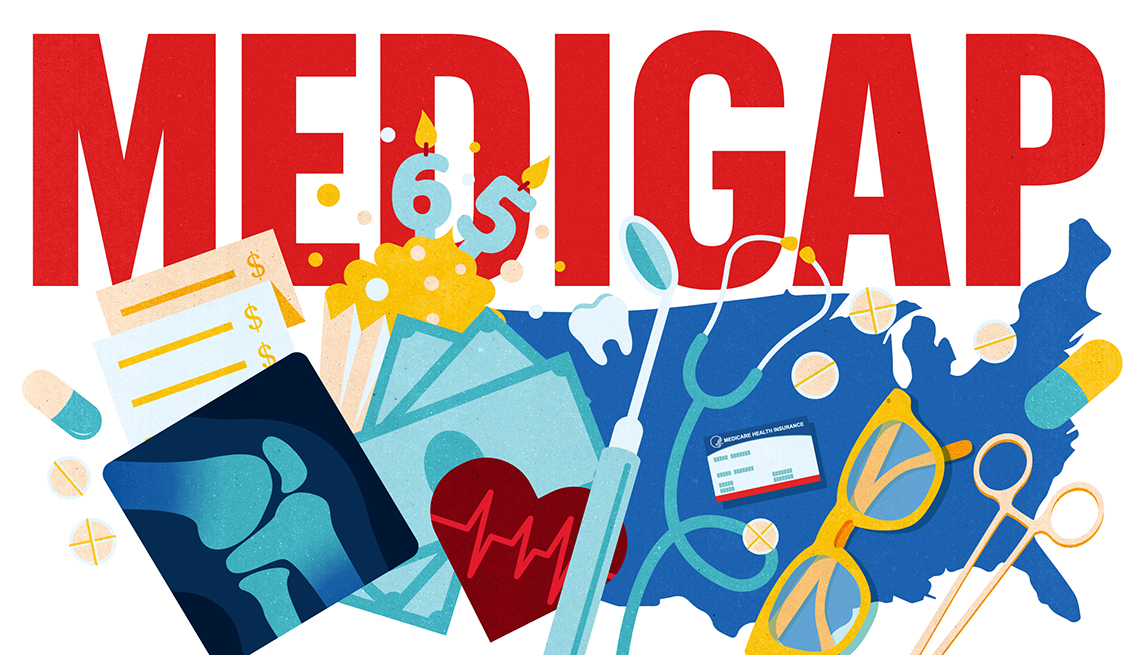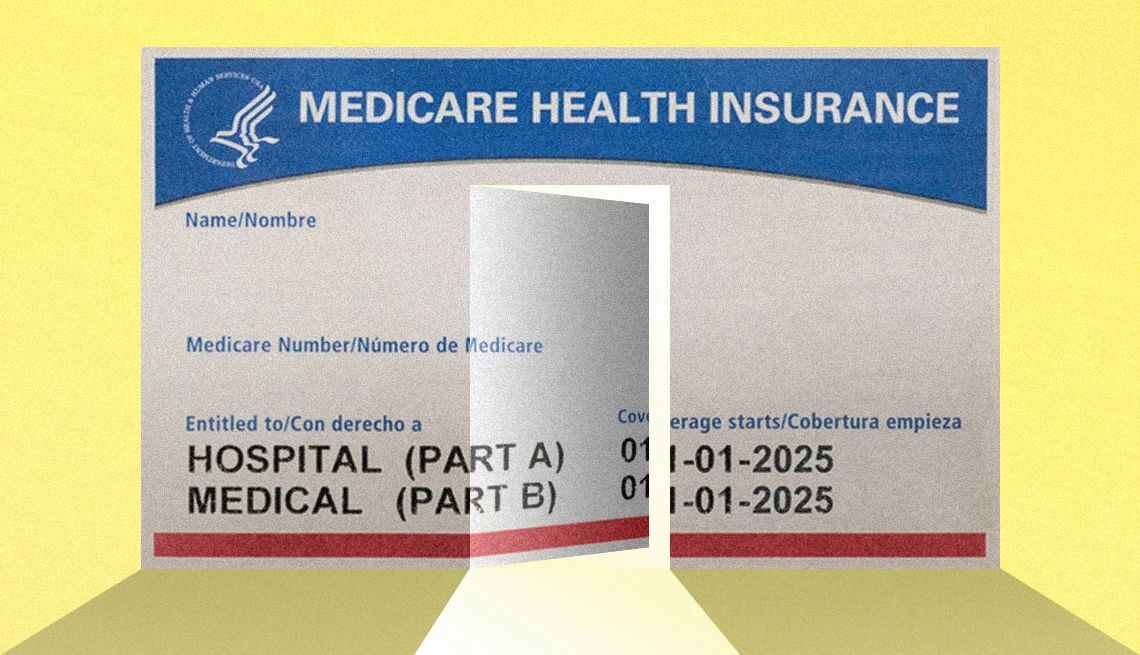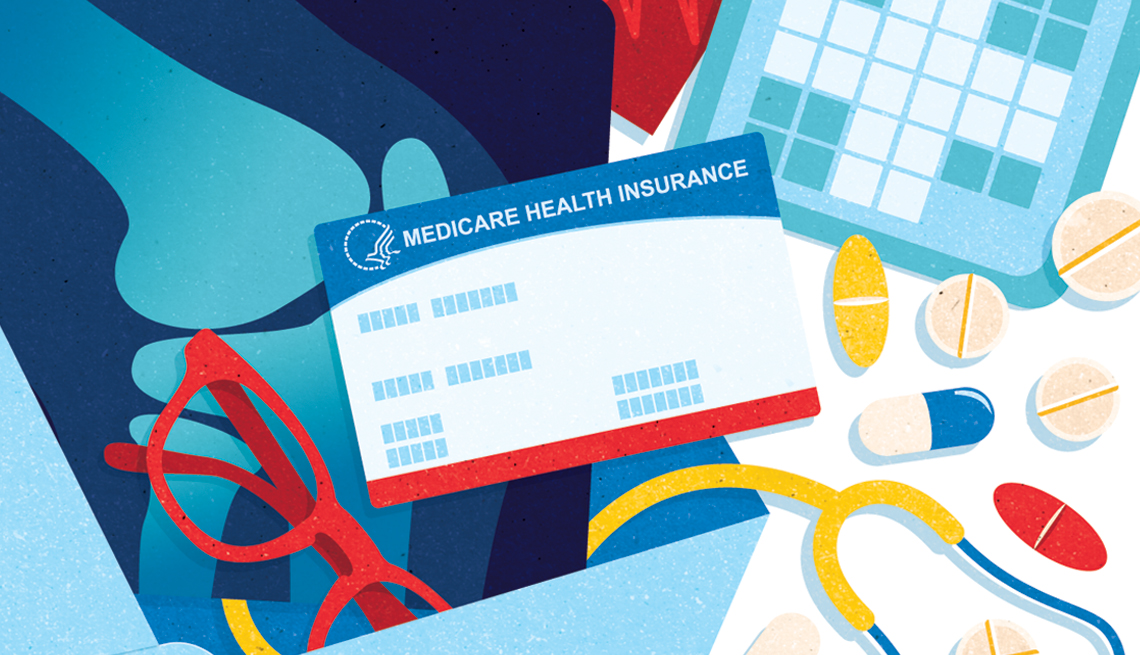AARP Hearing Center


Key takeaways
- You have an annual opportunity to change your Part D or Advantage plan.
- Open enrollment runs Oct. 15 to Dec. 7 for coverage starting Jan. 1.
- You can make several types of changes to Part D or Medicare Advantage.
- Review the insurance policies’ key features using Medicare’s Plan Finder.
- Learn the pros, cons of original Medicare and Medicare Advantage switches.
- Several resources can help you choose a Medicare plan.
Every October, Medicare gives its more than 67 million beneficiaries a chance to review coverage and make changes for the coming year.
While experts say too many enrollees overlook this opportunity, evaluating your options this year is especially important because of big changes coming to Medicare in 2025.
If you’re happy with your current Medicare Part D prescription plan or Medicare Advantage plan, you can leave your coverage as is. But costs and coverage for this private insurance can change significantly from year to year, and companies may enter or leave the business.
Comparing your options is always a good idea, especially if your health has changed.
“Most people don’t pay much attention to the open enrollment period, and that can come at a cost,” says Tricia Neuman, KFF senior vice president and executive director of the nonpartisan nonprofit’s Program on Medicare Policy. Beneficiaries can save hundreds or even thousands of dollars by finding a prescription drug or Medicare Advantage plan that better meets their needs.
When is Medicare open enrollment?
Medicare open enrollment runs Oct. 15 to Dec. 7 each year. The changes you select take effect Jan. 1.
This year’s open enrollment is particularly important. For the first time, enrollees with Part D or Medicare Advantage plans will have a $2,000 annual out-of-pocket spending cap on covered prescriptions.
But this limit could prompt insurers to make other changes to their costs and coverage, so investigate your options carefully. If you miss open enrollment, you may not have another chance until next year to switch, except in limited circumstances.
What changes can I make during open enrollment?
If you have original Medicare:
- You can sign up for a Part D prescription plan or switch from one Part D plan to another.
- You can leave original Medicare and choose a private Medicare Advantage plan.
If you have Medicare Advantage:
- You can switch from one Medicare Advantage plan to another.
- You can leave Medicare Advantage for original Medicare and choose a Part D prescription plan.
You can get a second chance to make changes during Medicare Advantage’s special open enrollment period Jan. 1 through March 31. That includes switching from one Medicare Advantage plan to another or returning to original Medicare and getting a stand-alone Part D prescription plan.


















































































More From AARP
Medicare Caregiving Support: 12 Things You Should Know
How to navigate the system and get the help you need
Will Medicare Cover You When Traveling or on Vacation?
How to avoid big bills if you get sick when traveling
25 Great Ways to Build Healthy Habits
These tips can help create changes that positively impact your well-being for years to comeRecommended for You